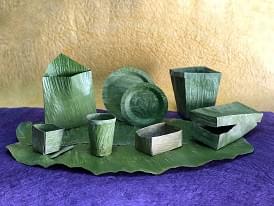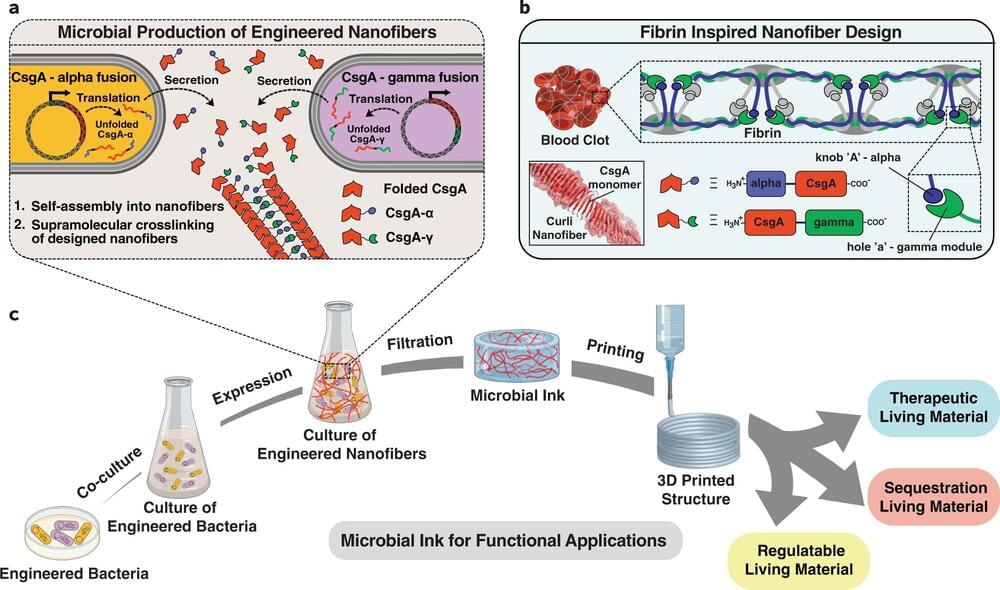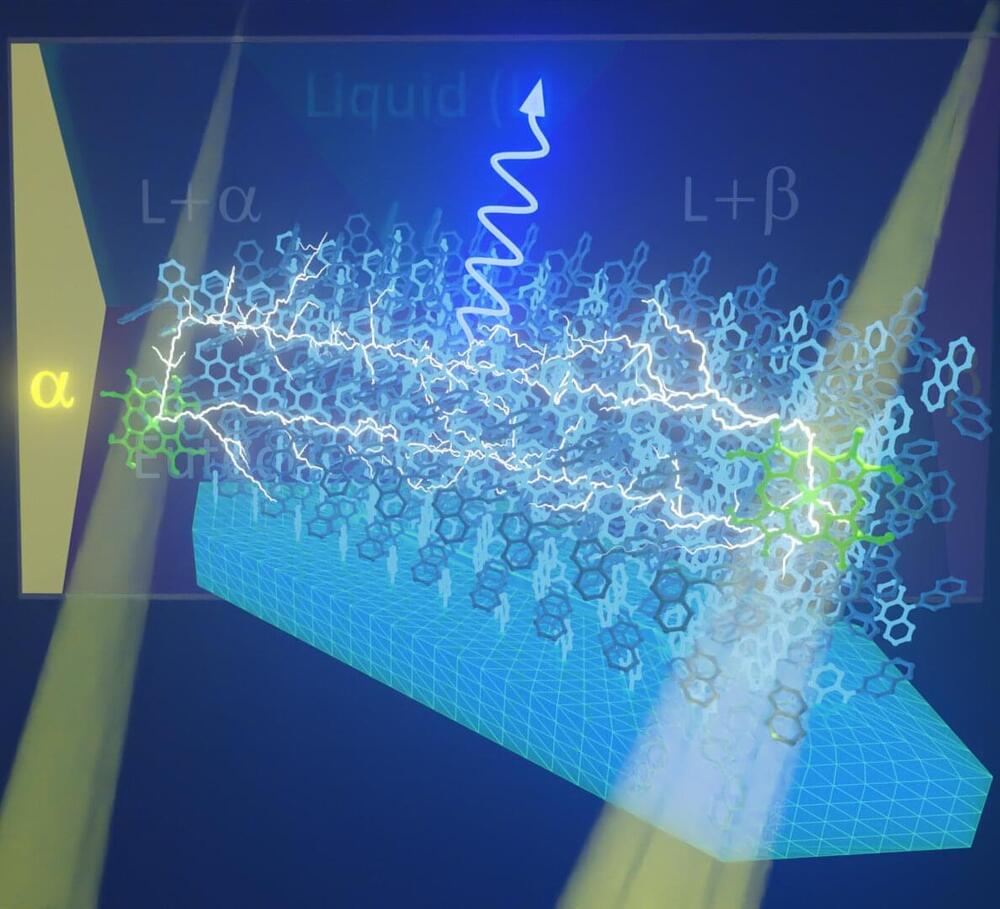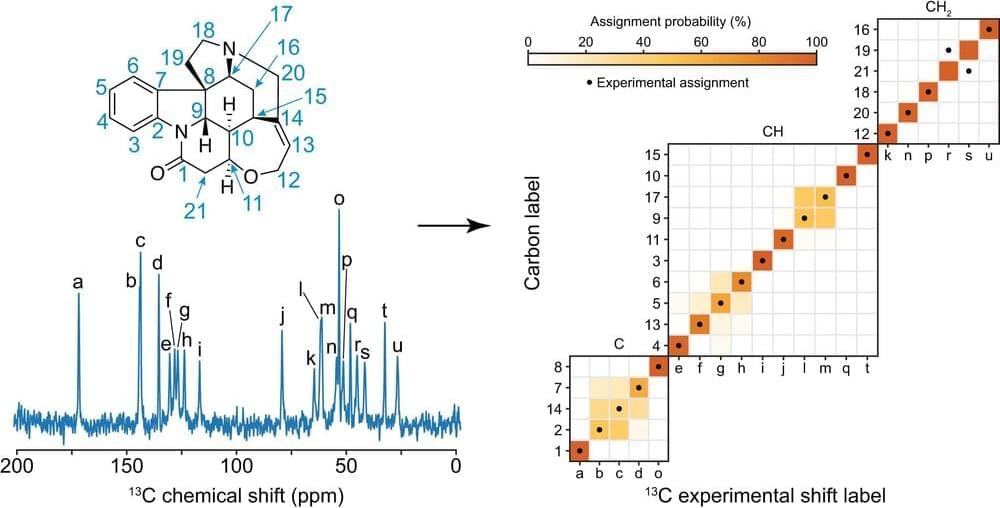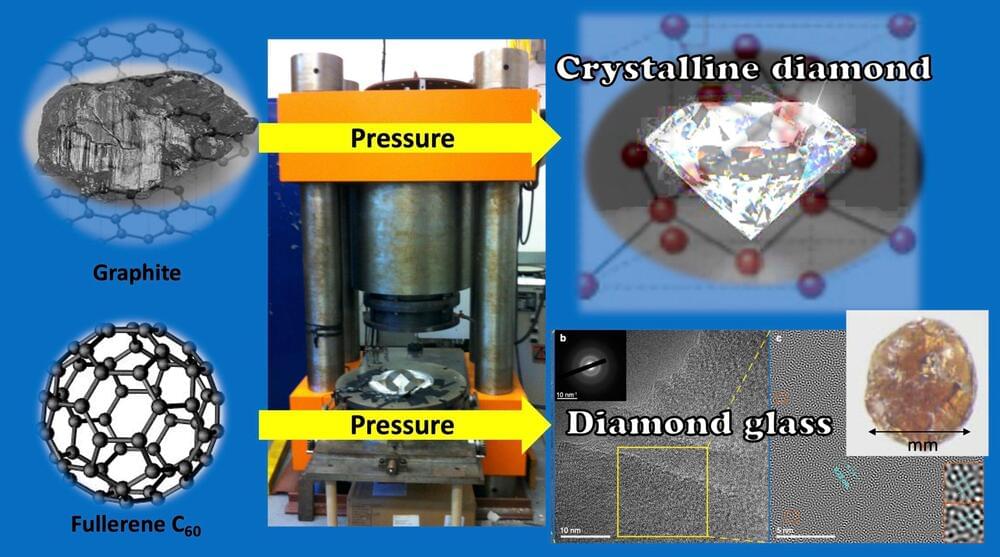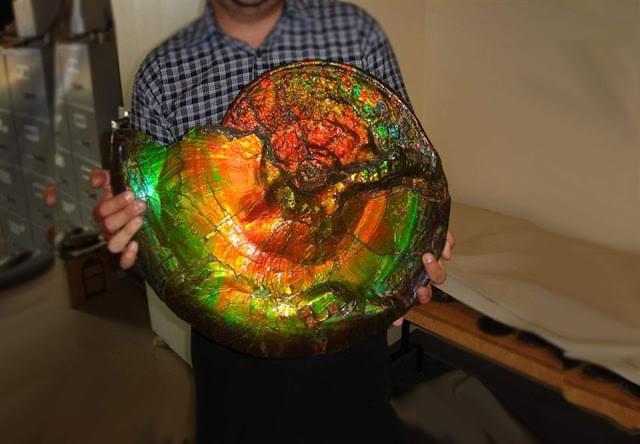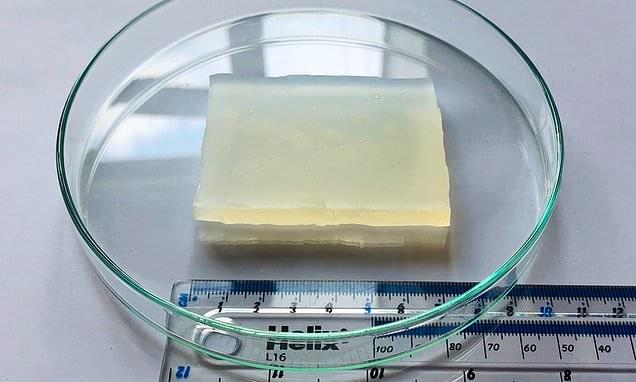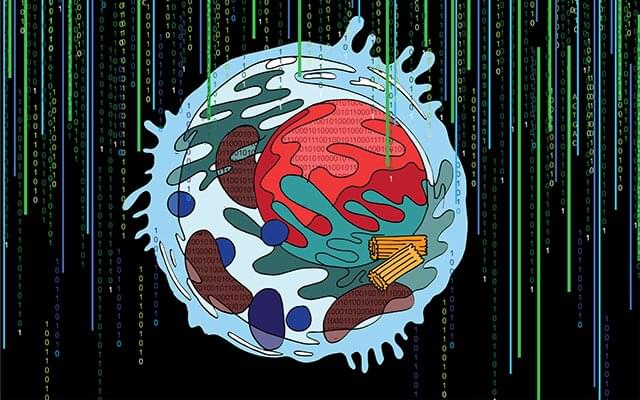Nov 29, 2021
Processed banana leaves, an eco-friendly packaging solution
Posted by Quinn Sena in categories: chemistry, innovation
Circa 2019
Cellular enhancement in banana leaves
Banana Leaf Technology started in 2010 when Tenith Adithyaa, then 11 years old, saw farmers in Southern India dump heaps of banana leaves as trash due to the lack of a preservation technology. The spark ignited when the question came to the mind, ‘can these leaves be enhanced biologically?’ By trial and error, he succeeded in preserving the leaves for about a year without using any chemicals. For four years, he perfected his technology of cellular enhancement. He received his first international award for this technology in 2014, at the global invention fair in Texas.
Continue reading “Processed banana leaves, an eco-friendly packaging solution” »
